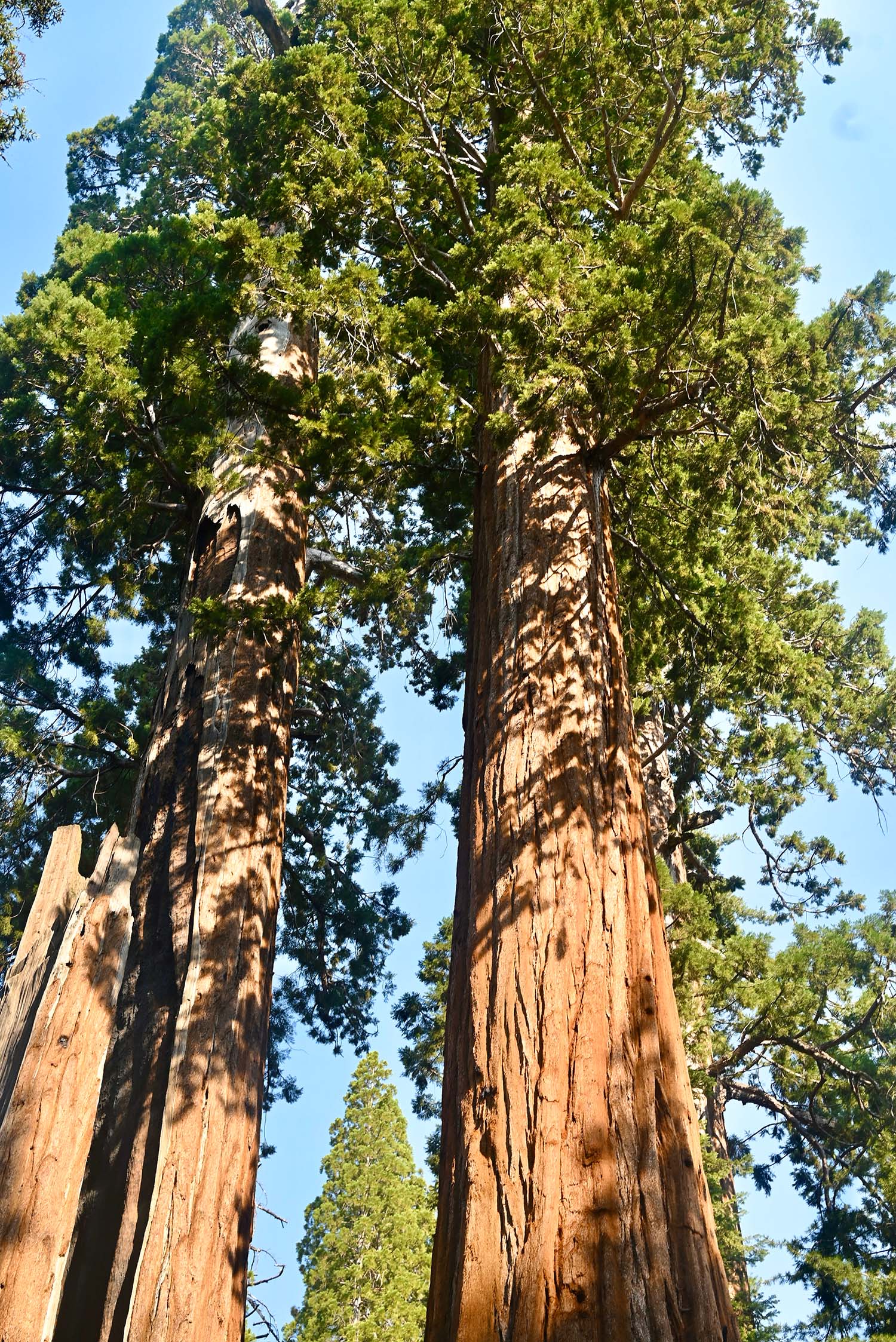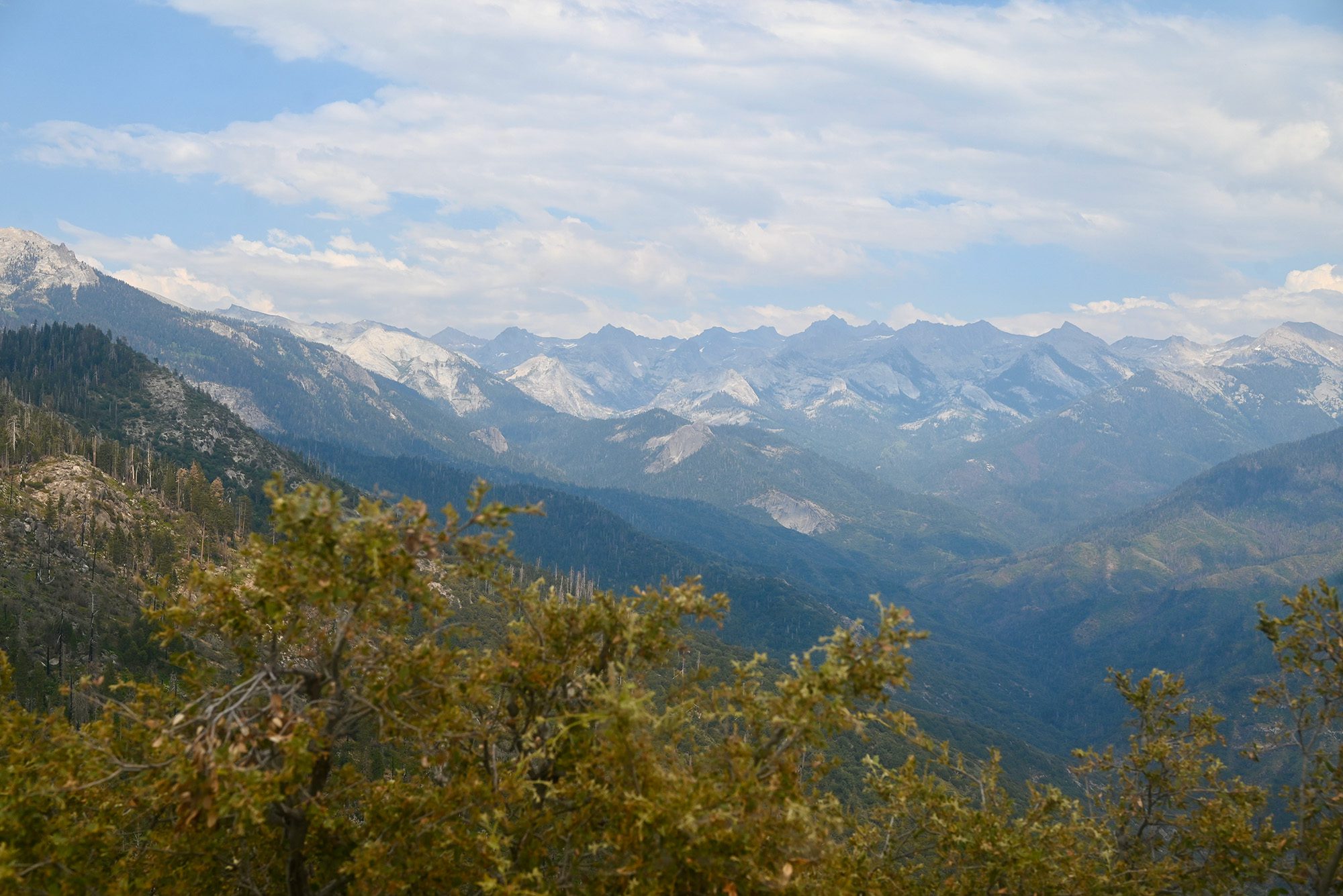Park Information Quick Facts
Location: California
Park Size: 404,064 Acres
Time Needed: 1-3 days
Best Season: Between June & September
Must Do: Tunnel Log
Lodging: Campsites in and around the park
Pro Tips: Arriving before 9 AM helps you beat the crowds and find parking at popular spots like the Giant Forest or Moro Rock. Plus, the morning light offers amazing photo opportunities, and wildlife is more active.
Visitor Centers
Sequoia National Park features two primary visitor centers that enhance the experience for guests by providing important information, exhibits, and services. The Foothills Visitor Center, located near the park’s Ash Mountain entrance, serves as a welcoming introduction to the lower elevations of the park. It offers educational exhibits on the park’s natural and cultural history, a bookstore, maps, and rangers available to answer questions. Visitors can stop here for trail information and tips on what to explore in the park’s diverse ecosystems. Since it’s at a lower elevation, it’s a great spot to adjust to the altitude before heading deeper into the park.
Plan Your Sequoia Adventure Today!
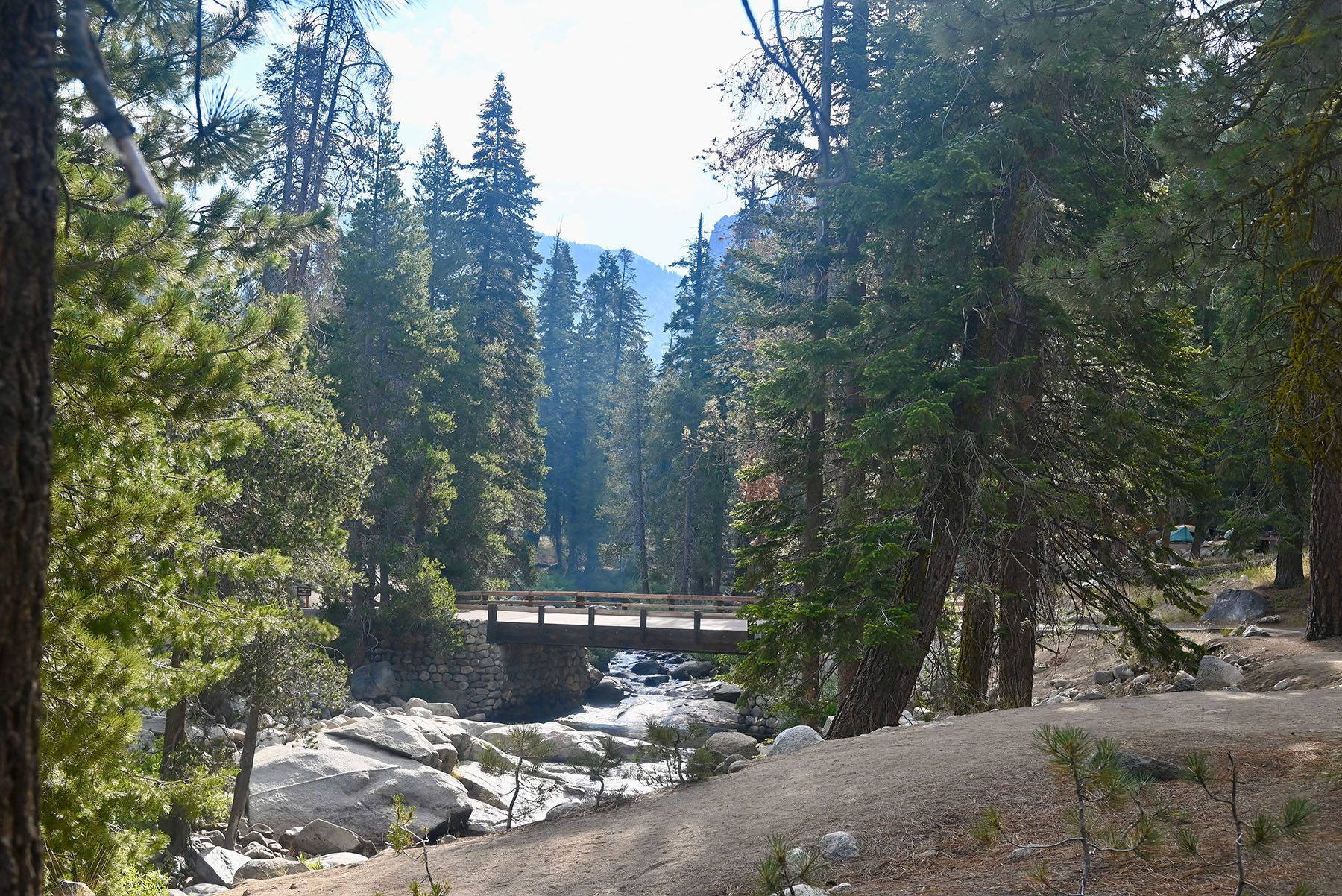
Getting There
How to Travel to Sequoia National Park
Traveling to Sequoia National Park typically begins with deciding which major city to use as a starting point. The park is located in central California, and the closest airports are in Fresno (about 1.5 to 2 hours away) and Visalia (about 1 hour away). For those flying in from farther destinations, larger airports in Los Angeles or San Francisco are also options, but they require a longer drive, ranging from 4 to 5 hours. Renting a car is the most convenient way to reach the park, as public transportation options are limited, and having a vehicle allows for flexibility once inside the park, where shuttle services are only seasonal.
From major highways, visitors typically take Highway 198 through Visalia, known as the Generals Highway, which provides a scenic but winding route into the park. This road offers stunning views but requires caution, especially for those driving larger vehicles or RVs, as there are narrow curves and steep inclines. During the winter months, it’s essential to check road conditions, as snow chains might be required due to weather in the higher elevations. Additionally, if you’re heading toward both Sequoia and Kings Canyon National Parks, which are adjacent, you can also access the park via Highway 180, which enters Kings Canyon and then connects to Sequoia through the park’s network of roads.

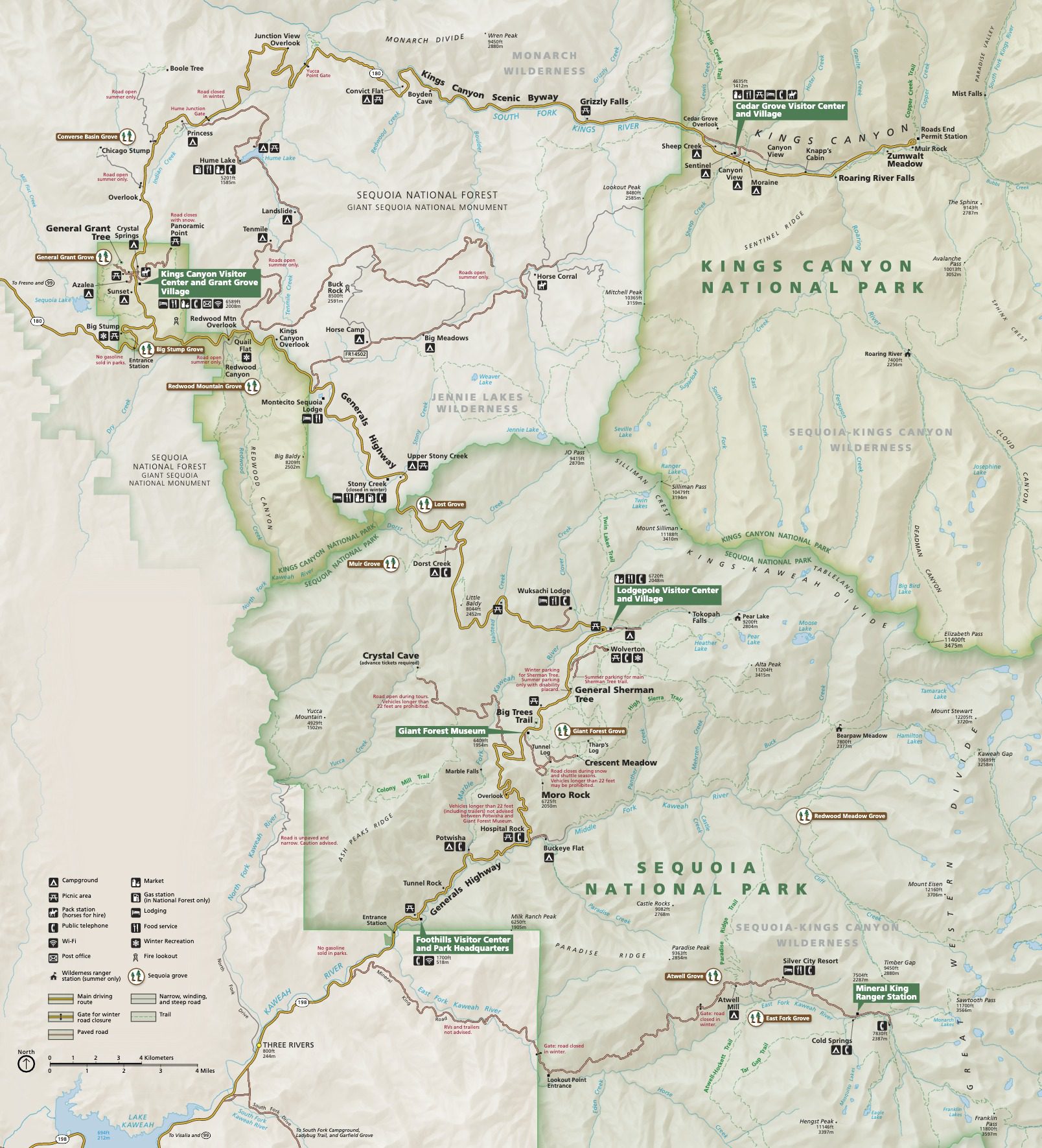
Campsites
Lodgepole Campground
- Location: Near the park’s main entrance and close to the Giant Forest area, home to the famous General Sherman Tree.
- Capacity: 214 campsites, including options for tents and RVs (up to 27 feet).
- Amenities: Flush toilets, potable water, picnic tables, fire rings, and a general store. Showers are available at a nearby location.
- Season: Open seasonally, typically from mid-May to late September.
Potwisha Campground
- Location: Near the park’s Ash Mountain entrance and the foothills of the Sierra Nevada.
- Capacity: 42 campsites, suitable for tents and small RVs (up to 22 feet).
- Amenities: Flush toilets, potable water, picnic tables, and fire rings. A small campground store is also available.
- Season: Open year-round, but amenities such as water may be limited during the winter months.
Buckeye Flat Campground
A scenic campground along the Middle Fork of the Kaweah River, offering 28 tent-only sites, making it quieter and more serene.
Dorst Creek Campground
- Location: Near the Giant Forest and the southern part of Sequoia National Park.
- Capacity: 200 campsites, suitable for tents and RVs (up to 24 feet).
- Amenities: Flush toilets, potable water, picnic tables, and fire rings. There are also some campsites with additional space for larger RVs.
- Season: Open seasonally, typically from mid-May to late September.
South Fork Campground
A small, primitive campground with only 10 sites along the South Fork of the Kaweah River, ideal for those seeking a quiet, less crowded experience.
Cold Springs Campground
- Location: Situated along the Generals Highway, near the park’s high elevations.
- Capacity: 5 campsites, first-come, first-served.
- Amenities: Pit toilets, picnic tables, and fire rings. No water is provided on-site, so visitors must bring their own.
- Season: Open seasonally, typically from late June to mid-September.
Crystal Springs Campground
- Location: Located off the Generals Highway, offering access to both Sequoia and Kings Canyon National Parks.
- Capacity: 38 campsites, suitable for tents and RVs (up to 22 feet).
- Amenities: Pit toilets, picnic tables, and fire rings. No water is provided, so visitors should bring their own.
- Season: Open seasonally, typically from mid-May to late September.
Sunset Campground
- Location: A more remote campground located at a higher elevation (around 7,200 feet) and offering cooler temperatures.
- Capacity: 10 campsites, which are first-come, first-served.
- Amenities: Pit toilets and picnic tables, but no water available on-site. Visitors must bring their own water.
- Season: Open seasonally, typically from late June to mid-September.
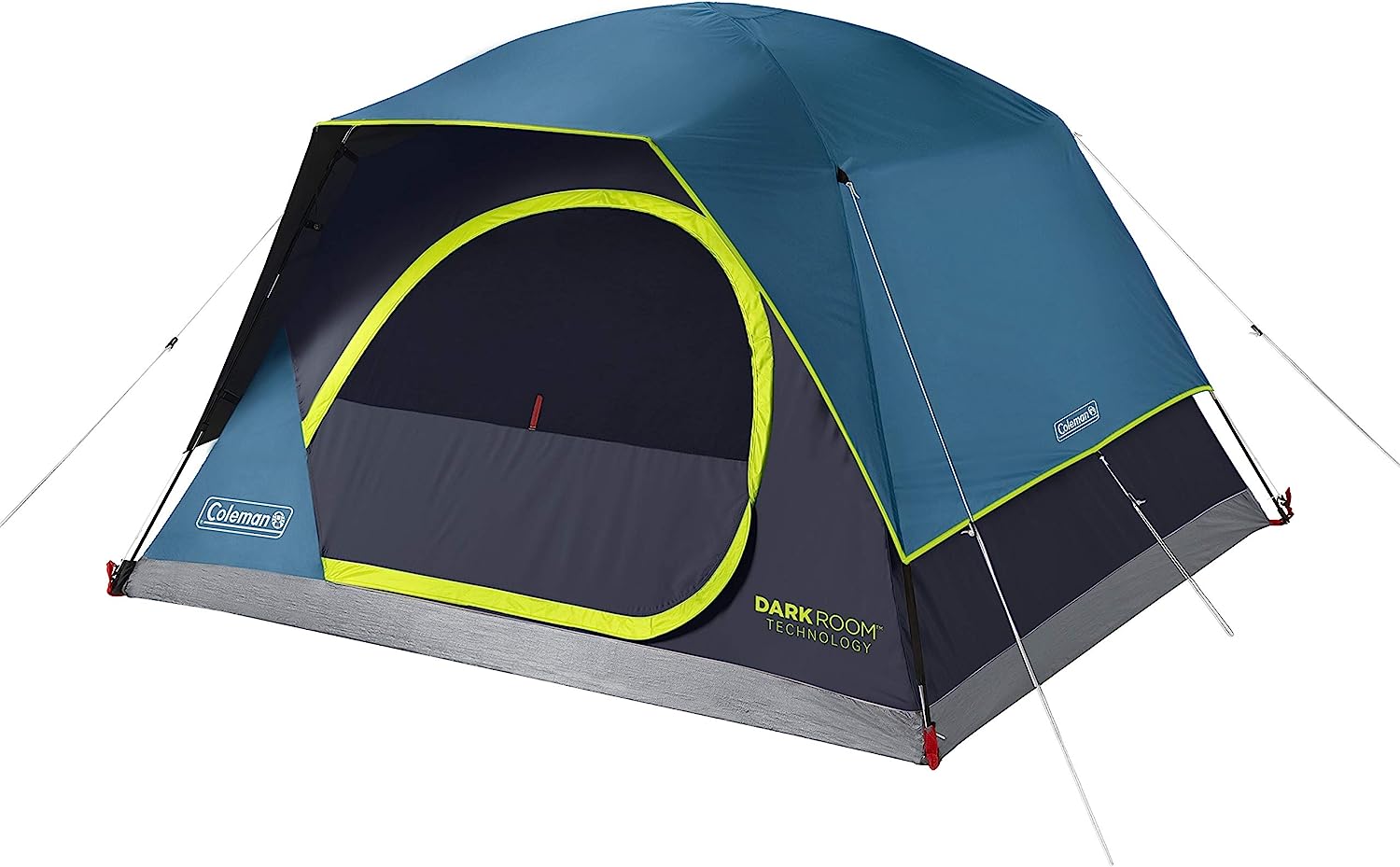
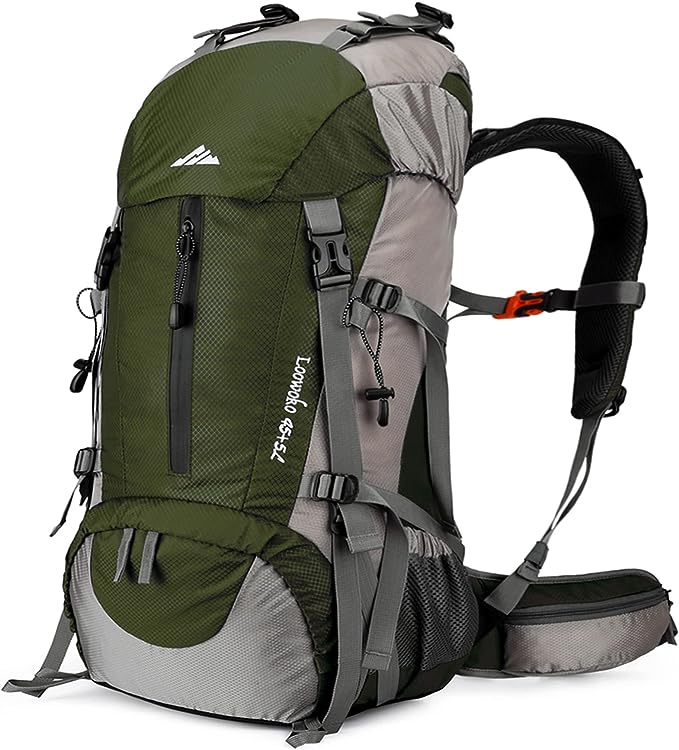
Important Notes
-
Reservations: Many campgrounds, especially popular ones like Lodgepole, require reservations during peak season (spring to fall). Make reservations well in advance as spots fill up quickly.
-
Bear Safety: Sequoia is home to black bears, so bear-proof food storage is mandatory. Campgrounds provide metal food lockers, and all food, trash, and scented items must be stored in them to avoid attracting wildlife.
-
Weather: Be prepared for varying temperatures, especially at higher elevations. Even in summer, nights can be chilly. Winter camping is possible at lower elevations like Potwisha, but higher-elevation campgrounds may be closed due to snow.
Popular Hiking Trails
Congress Trail
- A 2-mile loop that begins at the Giant Forest Museum, this trail takes you through some of the largest sequoias in the world, including the General Sherman Tree. It’s an easy, family-friendly hike with interpretive signs along the way.
Moro Rock Trail
- This short but steep 0.5-mile trail features a series of stairs leading to a stunning panoramic view of the Sierra Nevada from the top of Moro Rock. It’s a great option for those looking for breathtaking vistas with relatively little hiking.
Giant Forest Trail
- This 5.5-mile loop trail winds through the Giant Forest, showcasing some of the park’s most impressive trees. It’s a moderate hike with beautiful scenery and options to connect with other trails.
Tokopah Falls Trail
- A 4-mile round trip hike that follows the Marble Fork of the Kaweah River to Tokopah Falls. The trail offers stunning views of granite cliffs and the cascading waterfall at the end, making it a popular choice for hikers.
Hazelwood Lake Trail
- A 1.5-mile round trip hike that leads to a lovely alpine lake, offering a quieter hiking experience with opportunities for fishing and enjoying the serene surroundings.
Lost Grove Trail
- This 1.5-mile loop trail is less crowded and offers a peaceful experience among ancient sequoias. It’s an easy hike that is great for families and those looking to enjoy the serene beauty of the forest.
Mineral King Valley Trails
- Several trails in this less-visited area provide access to beautiful alpine scenery. The Crystal Lake Trail (4 miles one way) leads to stunning lake views, while the Sawtooth Pass Trail offers a more challenging hike with breathtaking vistas.
Hiking Trails in Sequoia National Park
Hiking in Sequoia National Park offers a range of experiences, from leisurely strolls through giant sequoia forests to challenging summit hikes with panoramic views of the Sierra Nevada mountains. The park’s diverse landscapes include towering trees, alpine lakes, and rugged granite peaks, providing something for every hiker. Popular trails like the General Sherman Tree Trail are short and easy, leading visitors through the Giant Forest to see the largest tree on Earth. On the other hand, more strenuous hikes such as the Mt. Whitney Trail offer the opportunity to summit the tallest peak in the contiguous United States, with stunning views and an unforgettable wilderness experience.
For those seeking an immersive wilderness experience, Sequoia National Park offers over 800 miles of trails, including several that lead to pristine backcountry areas and high-elevation lakes. Trails like the Bearpaw and High Sierra Trail offer multi-day hiking opportunities, allowing trekkers to explore the park’s rugged backcountry and witness the transition from giant forests to alpine meadows. These trails are more remote and require careful preparation, including water filtration and knowledge of trail navigation, as the terrain can be challenging. The park’s high elevation also means that hiking at altitude is common, so visitors should be prepared for changes in weather and altitude sickness.
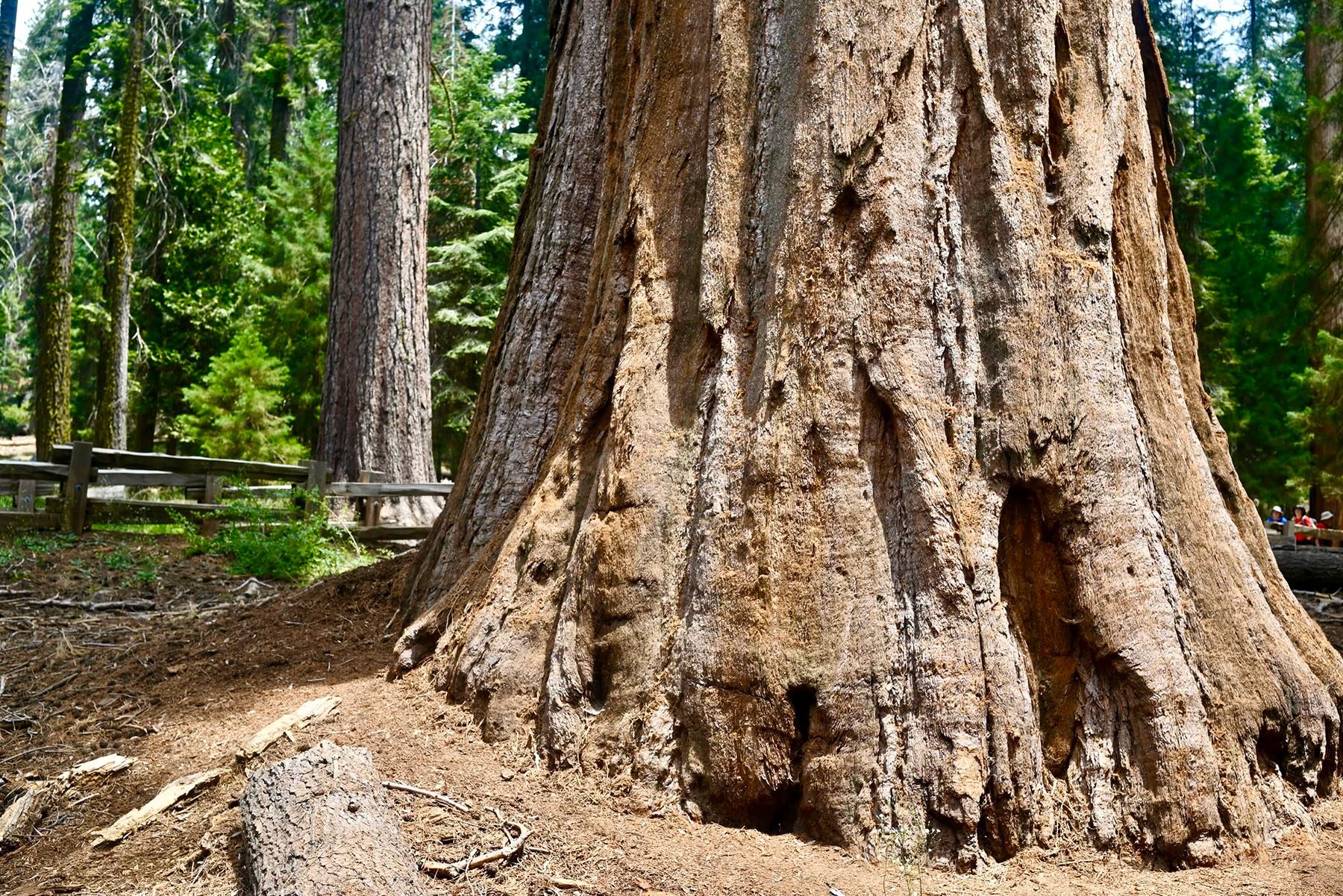
Wildlife at the Park
Sequoia National Park is home to a diverse array of wildlife, thanks to its varied habitats, which range from lowland foothills to high alpine meadows. The park’s lower elevations are rich in plant and animal life, with black bears commonly roaming the forests in search of food. Mule deer are also frequently seen in these areas, often grazing on grasses and shrubs. Smaller mammals, such as the mountain lion, bobcat, and raccoon, also inhabit the park, though they are more elusive and tend to stay in the park’s more remote regions. Visitors should exercise caution, especially when in bear country, by keeping food and attractants properly stored in bear-proof containers.
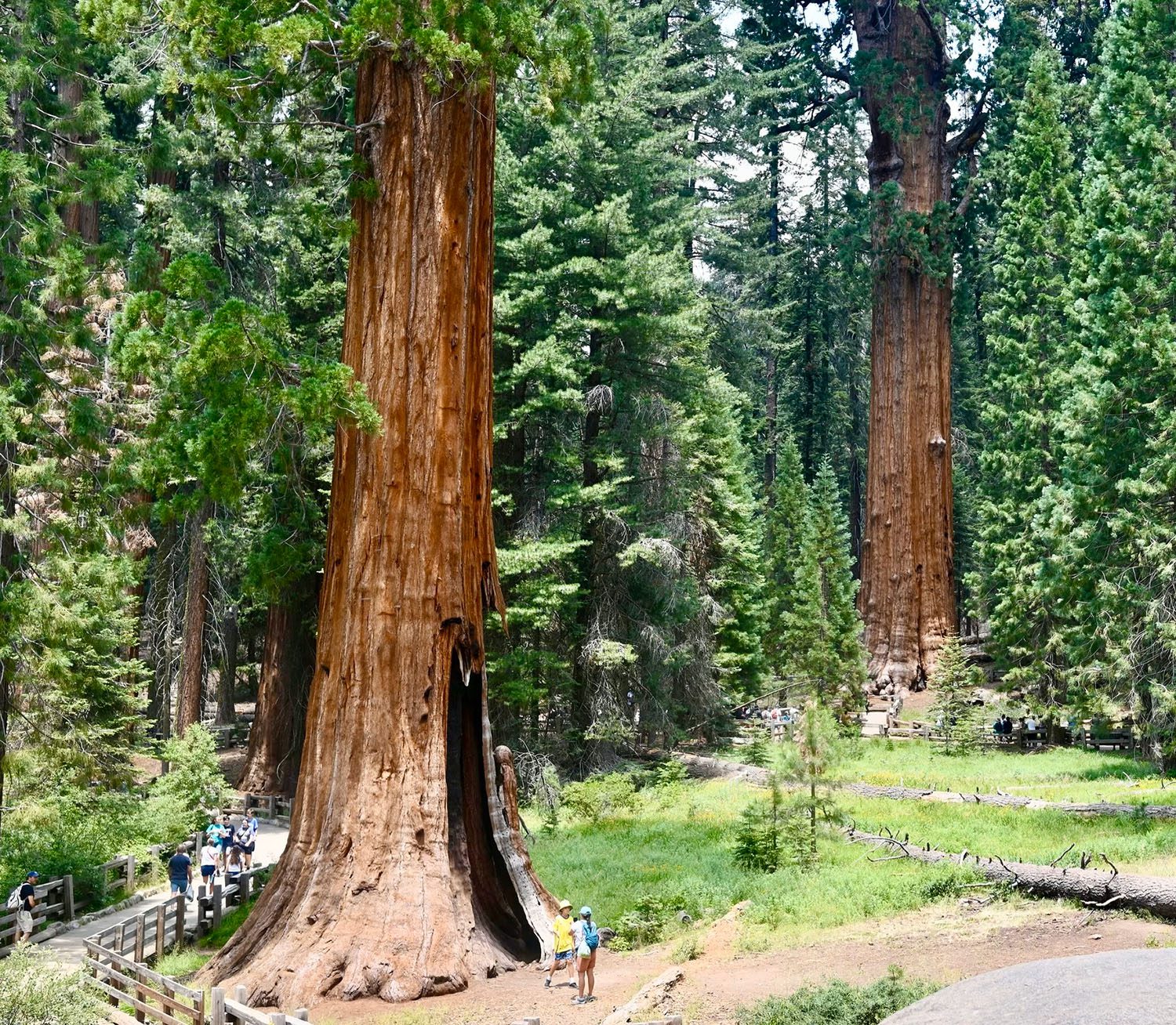
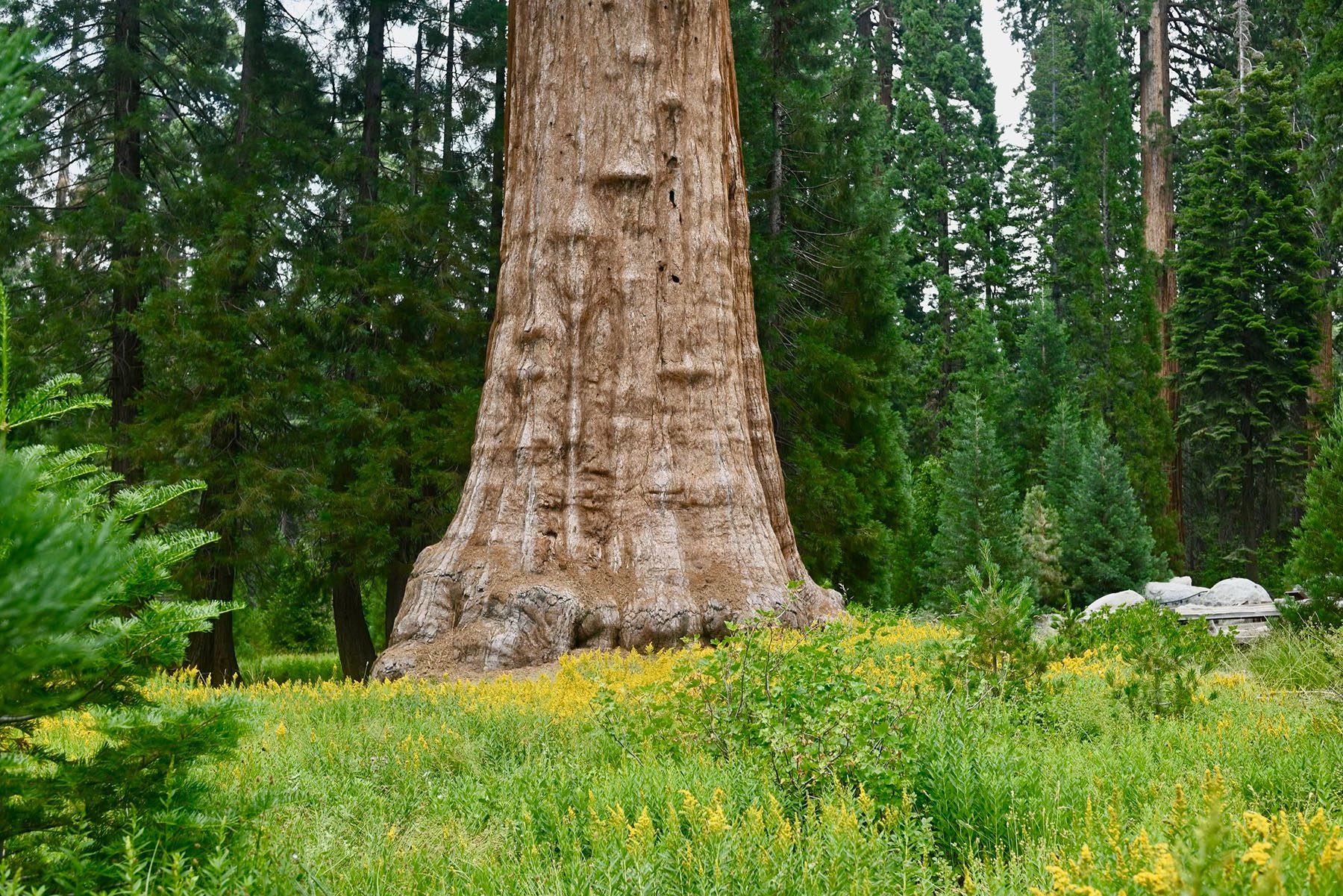
In addition to mammals, Sequoia National Park is a haven for birdwatchers. The park is home to over 200 species of birds, including the majestic golden eagle, which can often be seen soaring high above the park’s granite peaks. The western bluebird and the mountain bluebird are common in the forested and open areas, adding vibrant color to the landscape. High-elevation areas are also home to the Clark’s nutcracker, a bird known for its role in distributing whitebark pine seeds. The park’s diverse ecosystems provide a year-round habitat for both migratory and resident bird species, making it a prime location for birdwatching throughout the seasons.
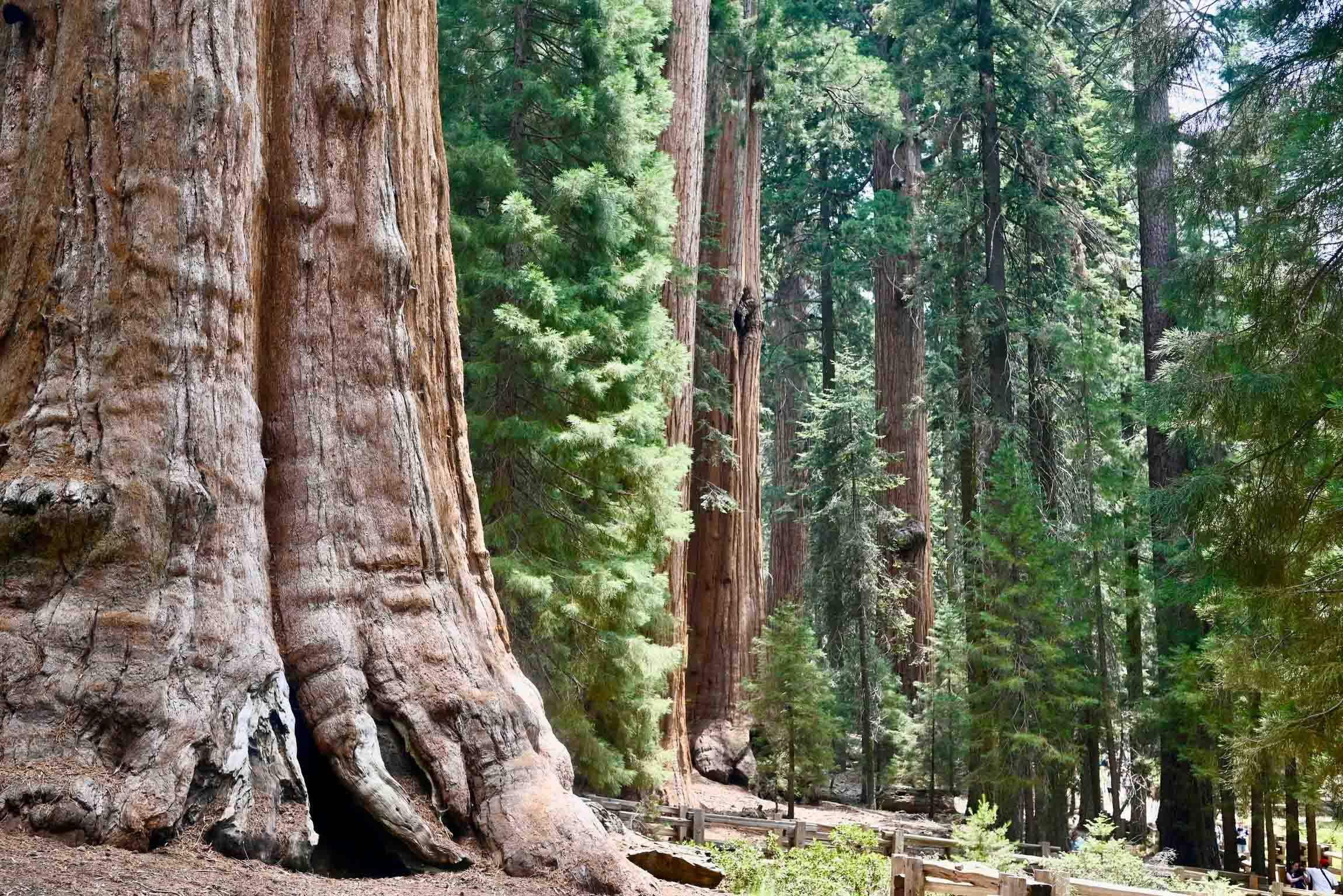
Gear We Used


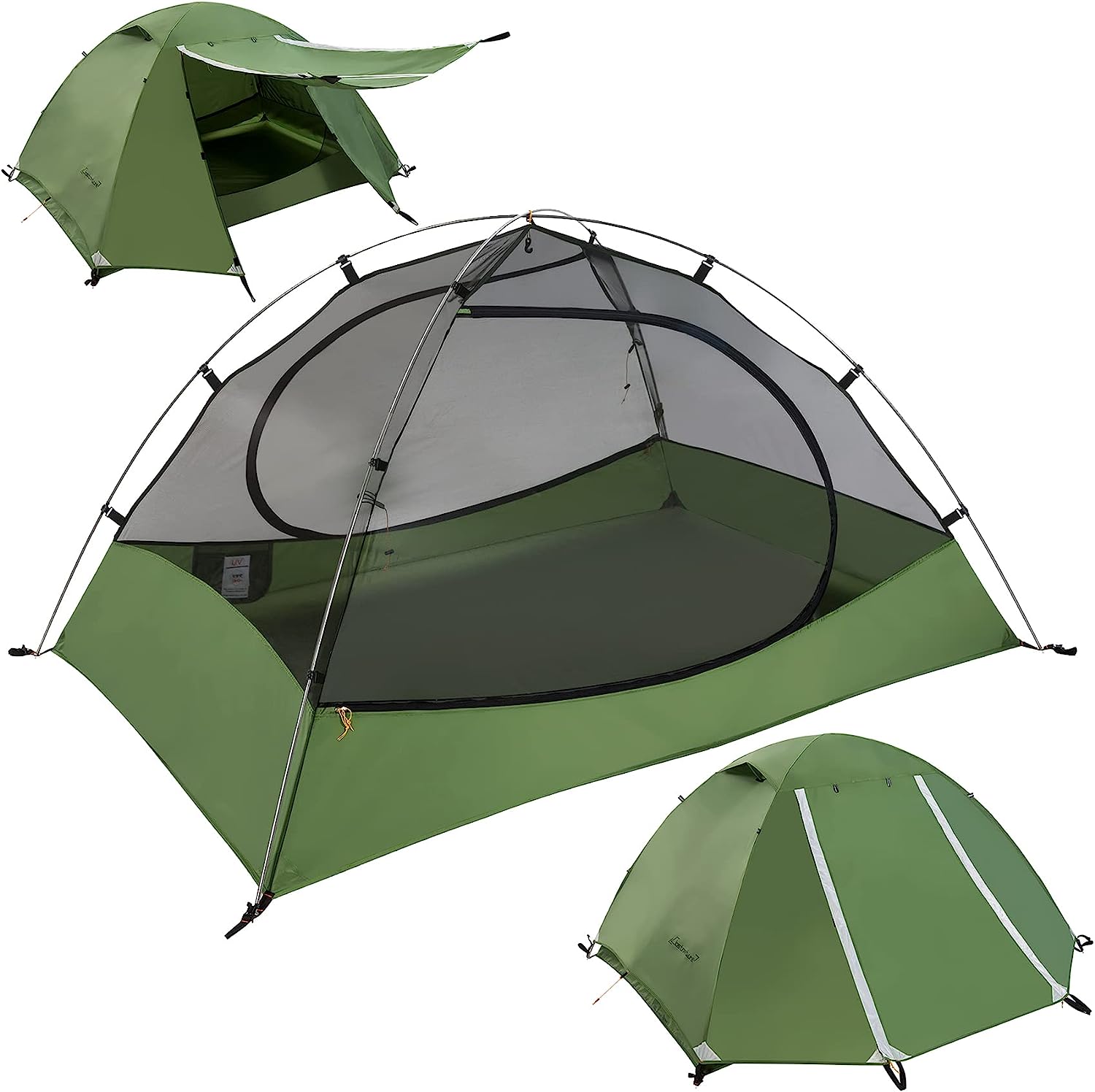
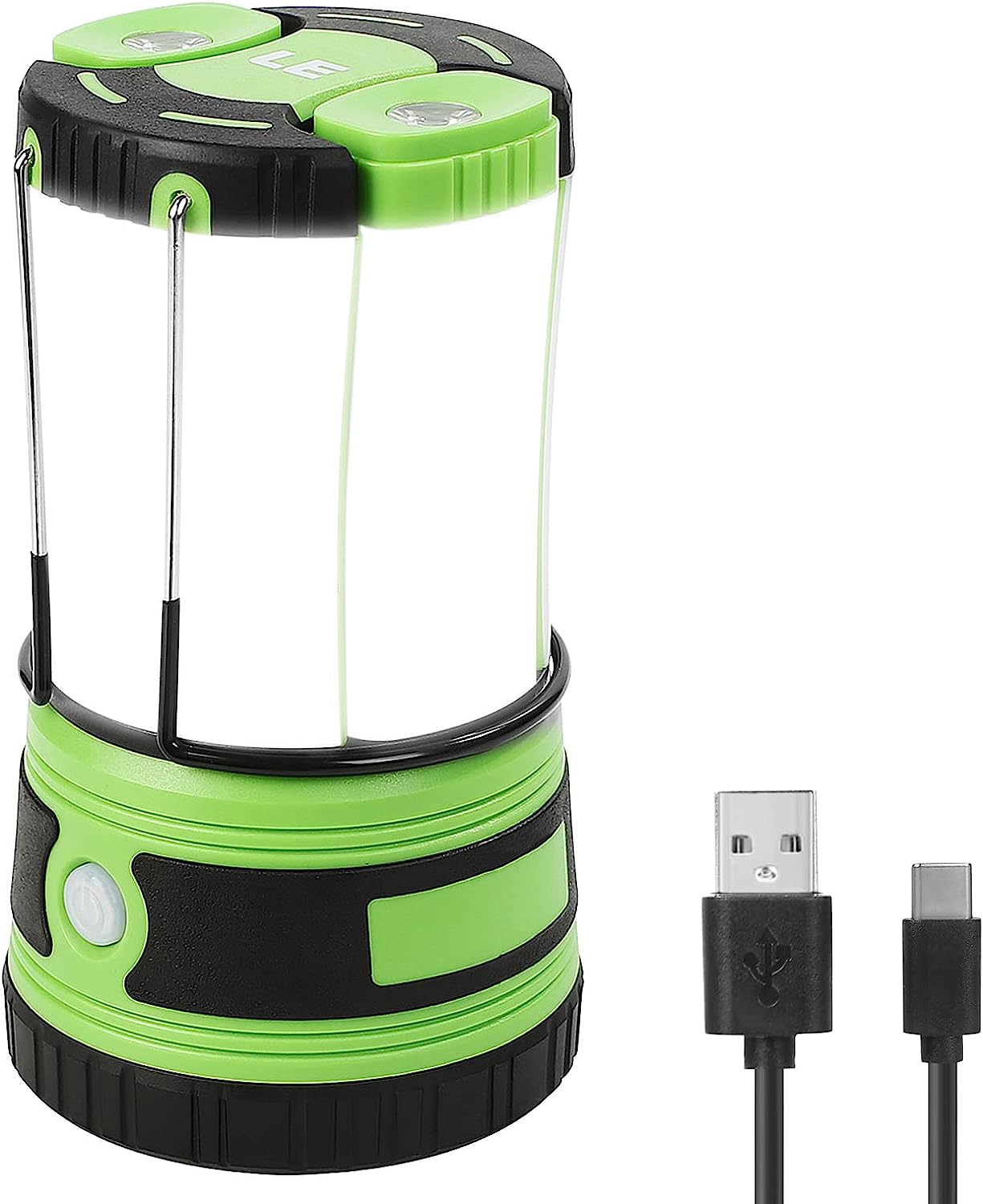
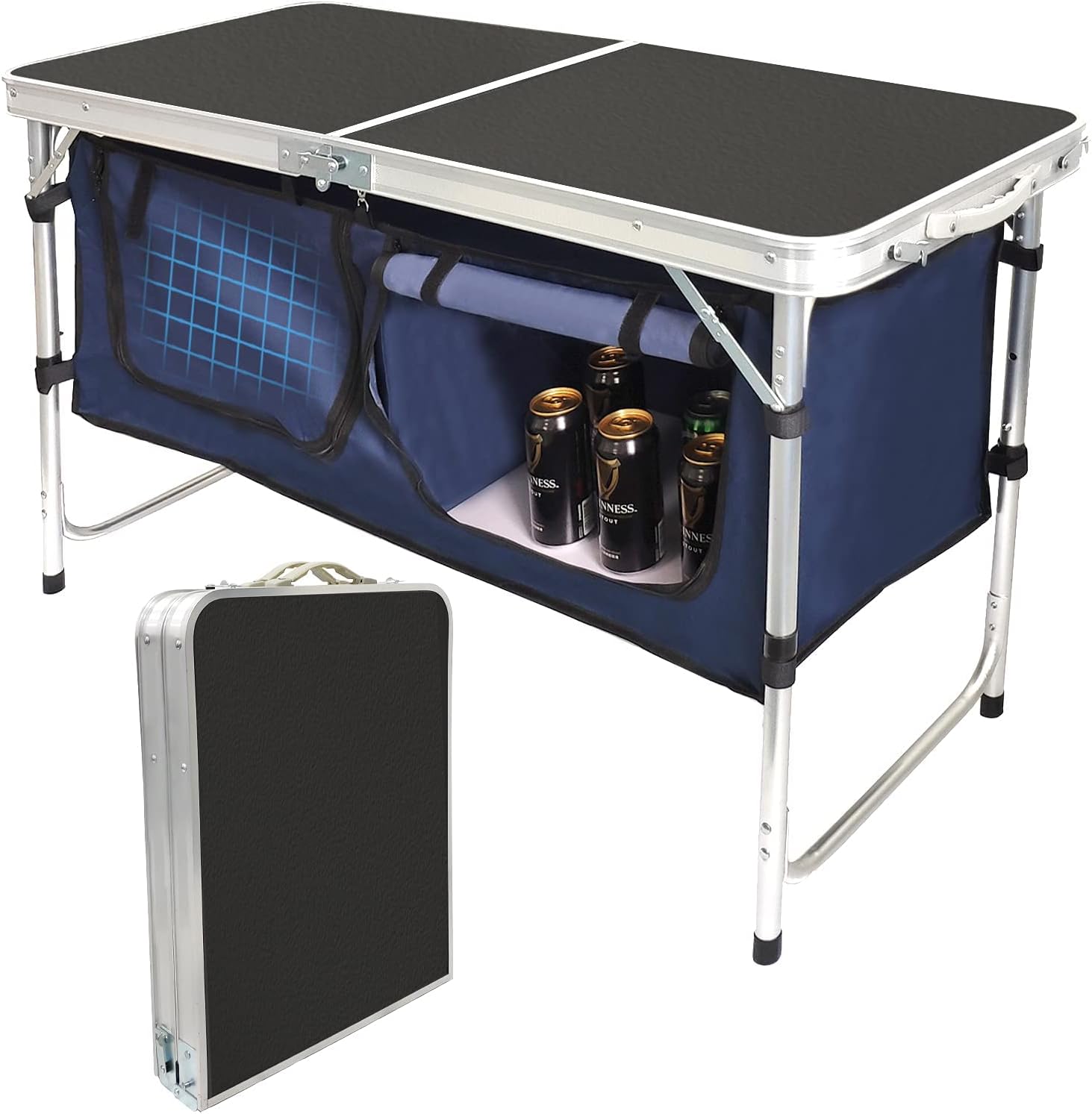
Must-Do Activities
Explore the Giant Forest:
A visit to Sequoia wouldn’t be complete without walking among the giant sequoias. Take the Congress Trail or the Giant Forest Trail to see the magnificent General Sherman Tree, the largest tree in the world, and immerse yourself in the beauty of this ancient forest. The towering trees, some over 2,000 years old, provide a breathtaking and humbling experience.
Hike to Moro Rock:
For stunning panoramic views, hike the steep 0.5-mile trail to the top of Moro Rock. This short but exhilarating climb offers a series of stairs and handrails, leading to a breathtaking lookout point where you can see miles of the Sierra Nevada, including the beautiful landscape below. The sunset views from here are particularly spectacular.
Visit Tokopah Falls:
A hike to Tokopah Falls is a rewarding experience for those looking to enjoy the park’s natural beauty. This 4-mile round trip trail follows the Marble Fork of the Kaweah River and culminates at the impressive waterfall, which cascades dramatically down granite cliffs. Along the way, hikers are treated to stunning views of the surrounding mountains and abundant wildflowers in the summer months.
Sequoia National Park History
Sequoia National Park, established in 1890, is a breathtaking natural wonder located in the southern Sierra Nevada mountains of California. Renowned for its towering giant sequoias, the park is home to some of the largest trees on Earth, including the General Sherman Tree, which stands at 275 feet tall and is over 2,200 years old. Spanning more than 631 square miles, the park features diverse ecosystems ranging from lush foothill woodlands to alpine meadows and granite peaks. The stunning landscapes offer visitors a chance to immerse themselves in nature, providing countless opportunities for outdoor activities such as hiking, camping, and wildlife viewing.
In addition to its iconic trees, Sequoia National Park boasts an array of breathtaking scenery, including rugged mountains, deep canyons, and pristine rivers. The park’s striking geological features are highlighted by the majestic Moro Rock, a granite dome that offers panoramic views of the Sierra Nevada and the surrounding landscapes. Hikers can enjoy various trails that lead to stunning vistas and serene spots, such as the cascading Tokopah Falls and the tranquil Crystal Cave, where visitors can explore beautiful limestone formations. The park’s diverse habitats support a variety of wildlife, including black bears, mule deer, and numerous bird species, making it a paradise for nature enthusiasts and photographers alike.


